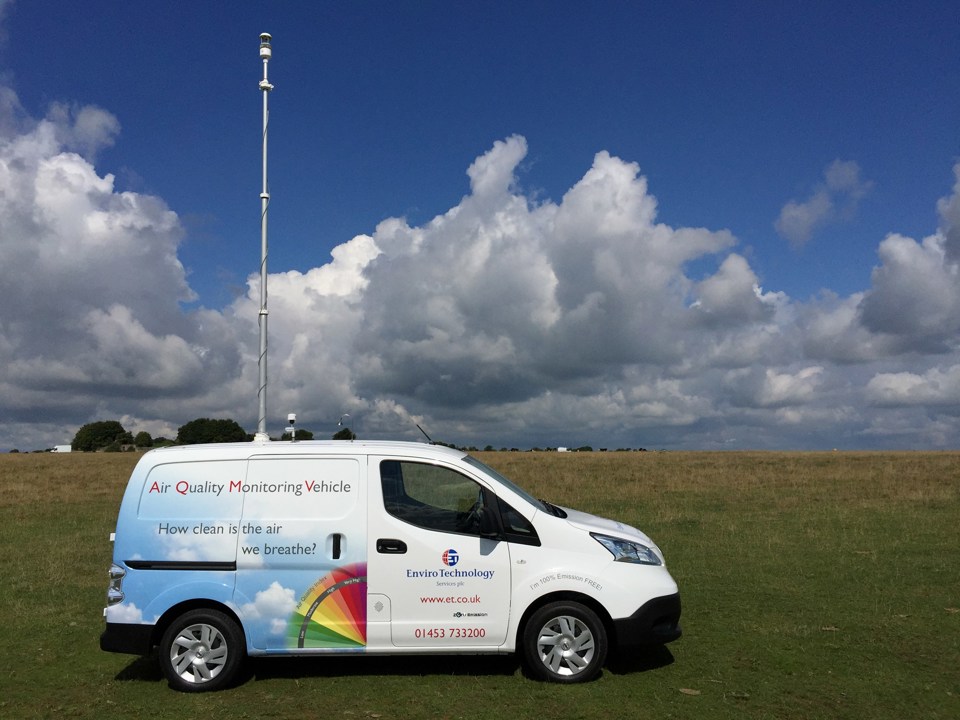Drivers and their passengers may be exposed to more harmful pollution inside a vehicle than on the road outside, according to a new pilot study.
The study was conducted using a mobile air quality laboratory carried in an all-electric, no-emissions van.
On a journey from Reading to central London the new air quality monitoring vehicle sampled air inside and outside the vehicle every minute and found that levels of nitrogen dioxide (NO2) were on average 21% higher inside with the windows shut than on the road outside.
Dr Ben Barratt, lecturer in air quality science at King’s College London, said: “This illustrative study adds to mounting evidence that vehicles provide little protection from harmful traffic pollution, and drivers and their passengers may even be exposed to higher levels than on the road outside.
“These initial findings highlight the urgent need for further investigation into the health risks faced by motorists and their passengers. It is especially important to understand the impacts of air pollution on professional motorists such as taxi and lorry drivers, who spend many hours behind the wheel each day.”
Duncan Mounsor, managing director of Enviro Technology Services, which developed the mobile lab, said: “Air pollution causes more than 50,000 deaths a year in the UK and costs the economy billions. We have developed the air quality monitoring vehicle to give local authorities and researchers a powerful new tool to plan action to clean up our air and tackle one of our greatest public health challenges.”
The air quality monitoring vehicle offers a unique combination of features. The battery-powered mobile lab is carried in an all-electric van, so it can measure pollutants and greenhouse gases on the move without contributing any emissions itself. It gathers air quality data in real time, both inside and outside the vehicle, plotting it against GPS coordinates.
It carries state-of-the-art instruments, several of which are more sensitive, more accurate and faster than the UK’s national air quality monitoring network. These include equipment which can make highly accurate, direct measurements of NO2, in contrast to traditional instruments used by the UK’s static air quality monitoring network, which measure NO2 indirectly and are unsuited to fast-changing environments.
Frank Kelly, professor of environmental health at King’s College London, who is also chairman of the government advisory body, the Committee on the Medical Effects of Air Pollutants, said: “Air pollution is the world’s single largest environmental health risk. It shortens life expectancy, reduces lung function and worsens the symptoms of asthma, chronic obstructive pulmonary disease and heart disease.
“The availability of Enviro Technology Services’ new Air Quality Monitoring Vehicle is an important step forward for the UK. Although London and the UK have extensive fixed site air quality monitoring sites the deployment of a mobile unit will provide instantaneous, onsite data directly relating to a multitude of air quality issues. A priority for the use of this mobile unit must be a more proactive approach to improving air quality by ensuring compliance with ambient air quality standards.”

















Login to comment
Comments
No comments have been made yet.